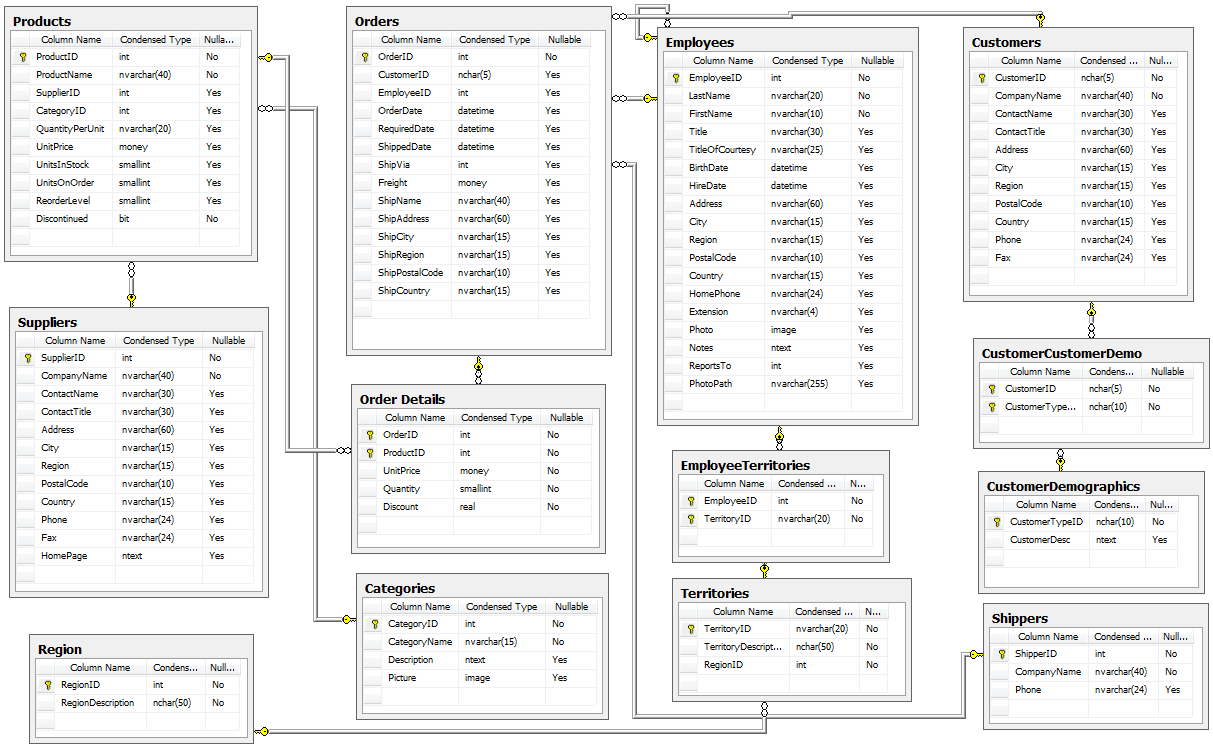What is a database?
Outcomes
You should be able to:
- Define a database
- Describe the role of a DBMS
- Describe advantages / disadvantages
- Describe SQL
Please install the SQLite DB Browser

Cute image of Database
Terms
- Relational database - a structured collection of data (held
in formally-defined relations, i.e. tables)
- This design helps prevent anomaly / errors relating to update, insert, or delete
- Database Management System (DBMS) software providing an interface for users to interact with the data. It manages the storage, retrieval, and modification of data, ensuring data integrity, security, and concurrency control.
- Advantages
- Data centralization
- Data integrity
- Security
- Efficient data retrieval
- Efficient data manipulation
- Disadvantages
- High initial setup costs
- Need for skilled administrators
- Less flexible than using a less structured approach (such as Excel files).
- SQL (Structured Query Language) is a programming language used to manage and manipulate relational databases. It provides a standardized way to create, modify, and query databases, enabling users to interact with the data in a structured and efficient manner. SQL is widely used and supports various operations like selecting data, inserting records, updating data, and creating database objects such as tables and indexes.
- Database (group of tables)
- Table (contains rows/records)
- Record - a horizontal row
- Field - similar to a cell in Excel, a single value, generally using a singular name (not plural)
- Table (contains rows/records)
- Keys
- Primary key uniquely defines a single row. Usually an auto-increment
integer (1, 2, 3, …)
- Never null
- Foreign key is a link to a primary key in a another table.
- Should have referential integrity, meaning that it always links to another key
- Primary key uniquely defines a single row. Usually an auto-increment
integer (1, 2, 3, …)
- Data types
- Whole numbers are integers (1, 2, 3, …). They may be called int in a diagram.
- Non-whole are floats (1.2, 2.8). These may be called double or money.
- String is regular text, such as “Bob” or “Sarah”. These are sometimes called VARCHAR, for variable-length character.
- Data Warehouse: typically an analysis-oriented database, usually transferred data from an operational database
- Schema: the data model for a warehouse
- CRUD access rights: create, read, update, delete
- Data Dictionary: definition of the fields and tables in a database
Database Diagram
A database diagram shows multiple tables and how they are related to each other.

Northwind SQL Diagram
Conventions
- Lowercase names, no spaces, underscore_naming_is_best
- Unfortunately, this is rarely the case. You should be able to handle columns with multiple spaces / words in them by wrapping them with “double quotes”
Questions
Answer the following questions:
- What is the right term for SQLite, DB Browser, the entire set of Northwind data, Products, ProductID in Products, and SupplierID in Products
- What fields connect Products and Suppliers?
- Which fields connect Employees to Employees?
- Which table is used to store the price for a product?
- Which tables would need updates for a new order by a new customer?